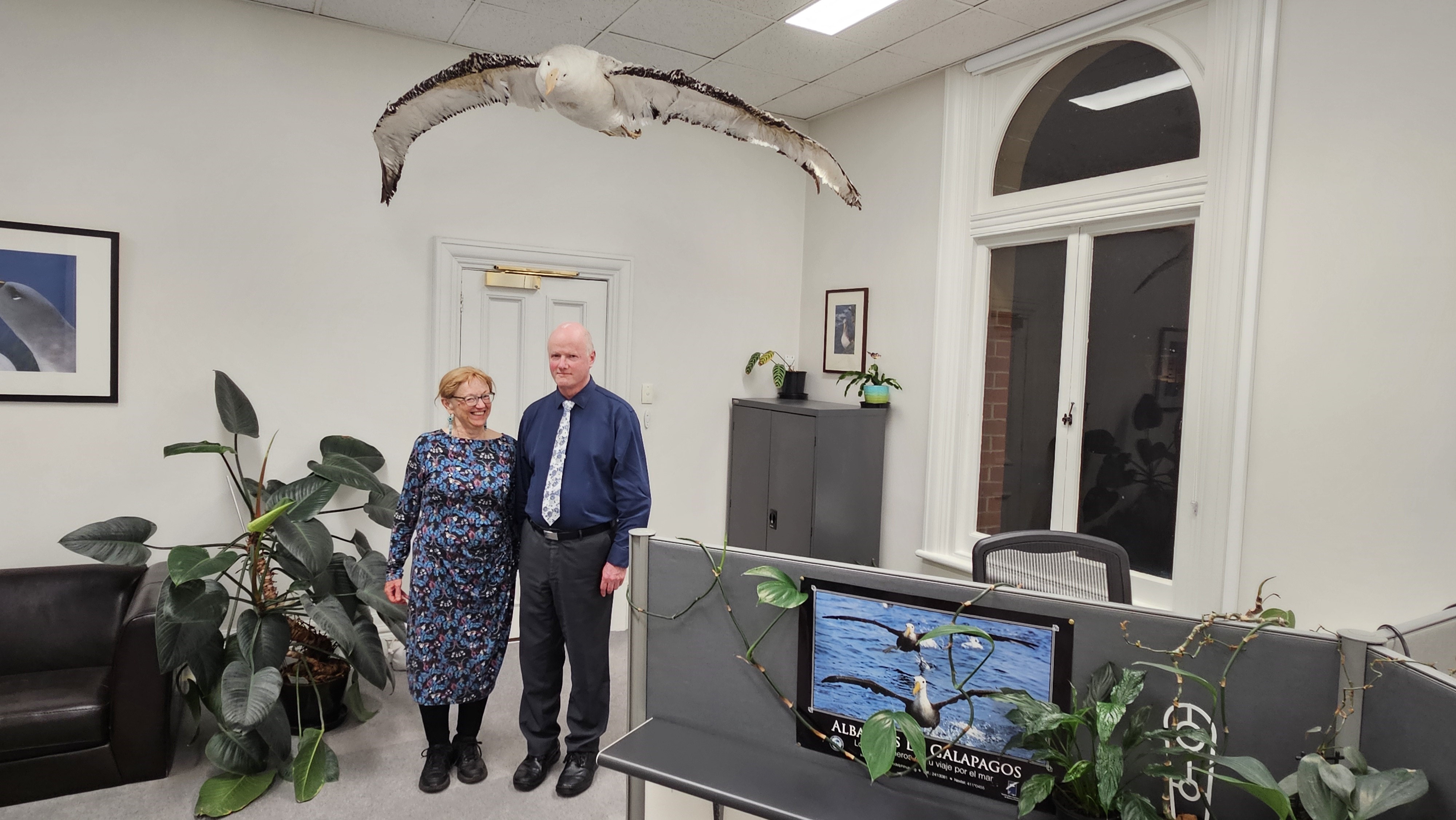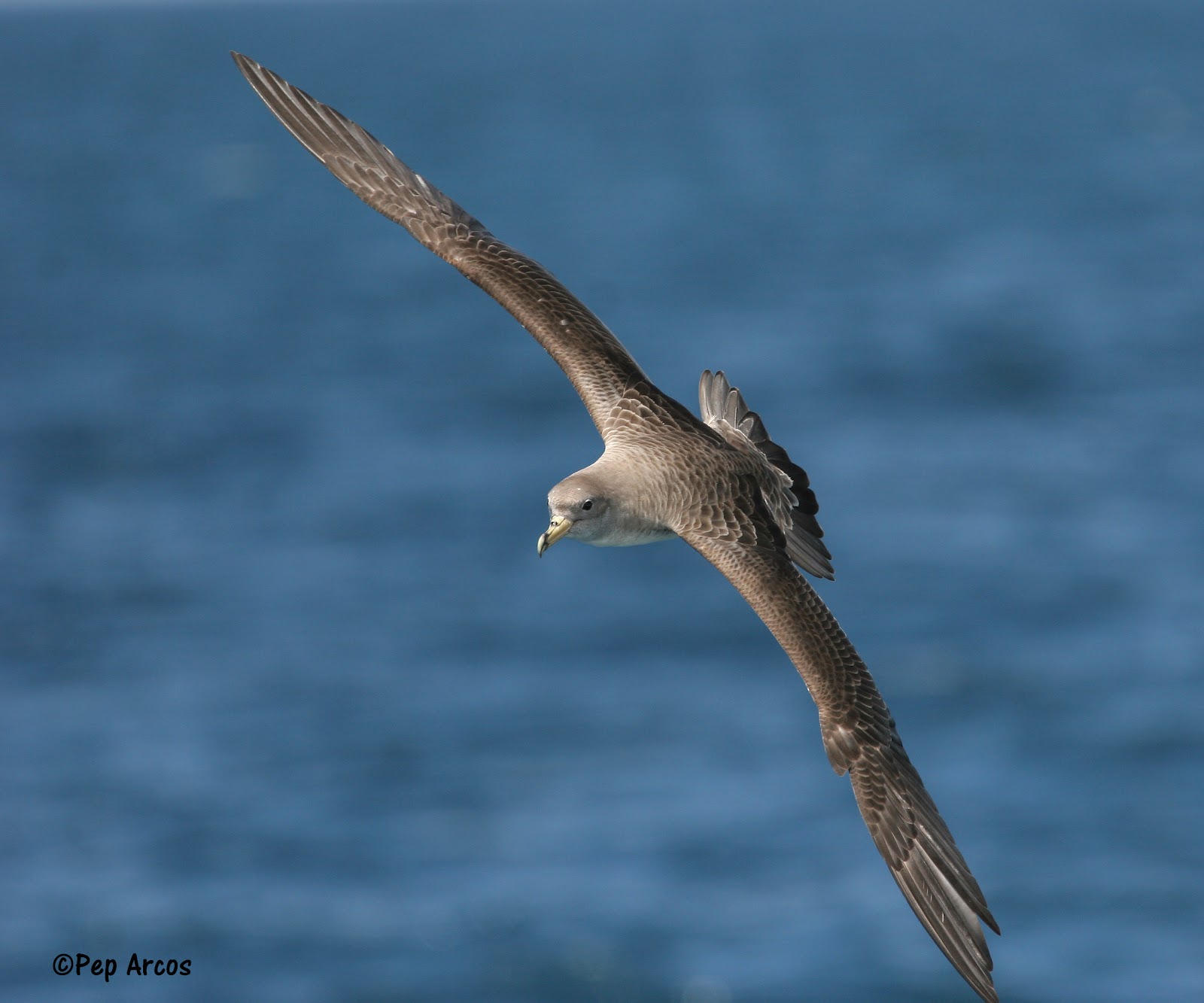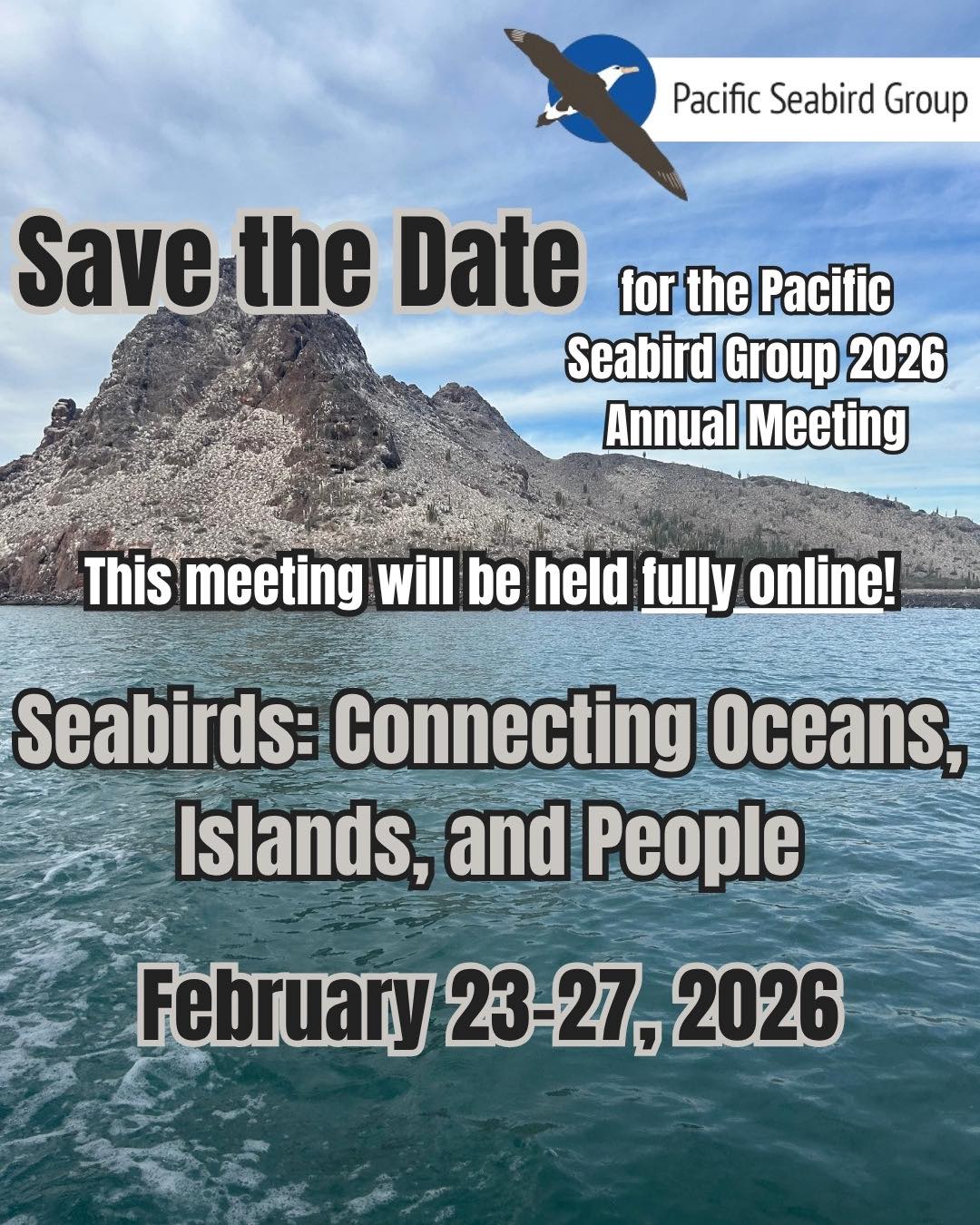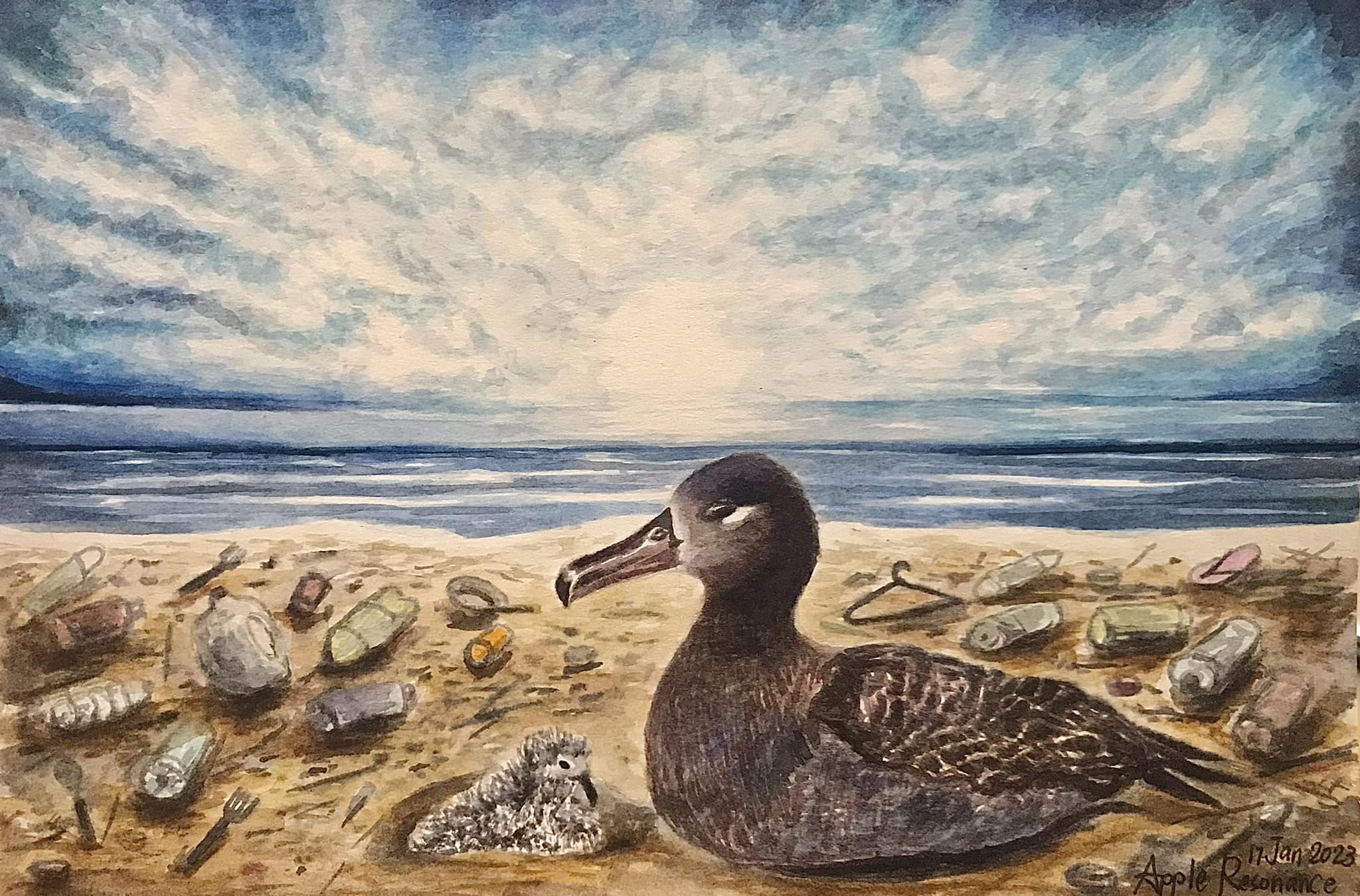
Rupert Summerson has offered a contribution to mark World Albatross Day on 19 June this year: The Wanderer – music composed from the genetic code of the Vulnerable Wandering Albatross Diomedea exulans.
Rupert writes to ACAP Latest News that he and CJ Symon arranged a segment of genetic code, kindly provided by Andrea Polanowski and Leonie Suter at the Australian Antarctic Division, into music, while remaining faithful to the genetic sequence. “Three of the four letters of the genetic code of all creatures (C, A & G) are musical notes. We converted T, the fourth letter, into F by simply running up the alphabet counting from A to G until we reached T. I am playing a 2.0 shakuhachi, the lowest note of which is C.”
There are two versions
- Lisa Roberts has kindly added an animation to the music which you can watch – and listen to here:
- The music-only version can be accessed here.
Australian Antarctic Program scientists have used DNA technology to help identify threatened albatross species caught unintentionally (as 'bycatch') during longline fishing operations in Australian waters. We’ve identified a combination of DNA ‘markers’ that target species-specific sections of seabird genomes, to enable molecular identification of the majority of dead bycaught seabirds, from poor quality feather samples (click here).
Rupert writes on 19 June: “Today is the day to think about the plight of the albatross. Knowledge is powerful but action is better. Please consider what you can do to improve the prospects of their survival.”
With thanks to Rupert Summerson.
John Cooper, Emeritus Information Officer, Agreement on the Conservation of Albatrosses and Petrels, 07 July 2025

 English
English  Français
Français  Español
Español  Christine Bogle and Jonathon Barrington, third and fourth Executive Secretaries, in ACAP's offices in Hobart, Tasmania at a farewell function, 02 July 2025, photograph by Thomas Bogle
Christine Bogle and Jonathon Barrington, third and fourth Executive Secretaries, in ACAP's offices in Hobart, Tasmania at a farewell function, 02 July 2025, photograph by Thomas Bogle

 “Illuminate Our Destiny”, this Black-footed Albatross breeding close to a Hawaiian shore is at risk to storm surges and sea level rise, by Apple Resonance of Artists & Biologists Unite for Nature (
“Illuminate Our Destiny”, this Black-footed Albatross breeding close to a Hawaiian shore is at risk to storm surges and sea level rise, by Apple Resonance of Artists & Biologists Unite for Nature (